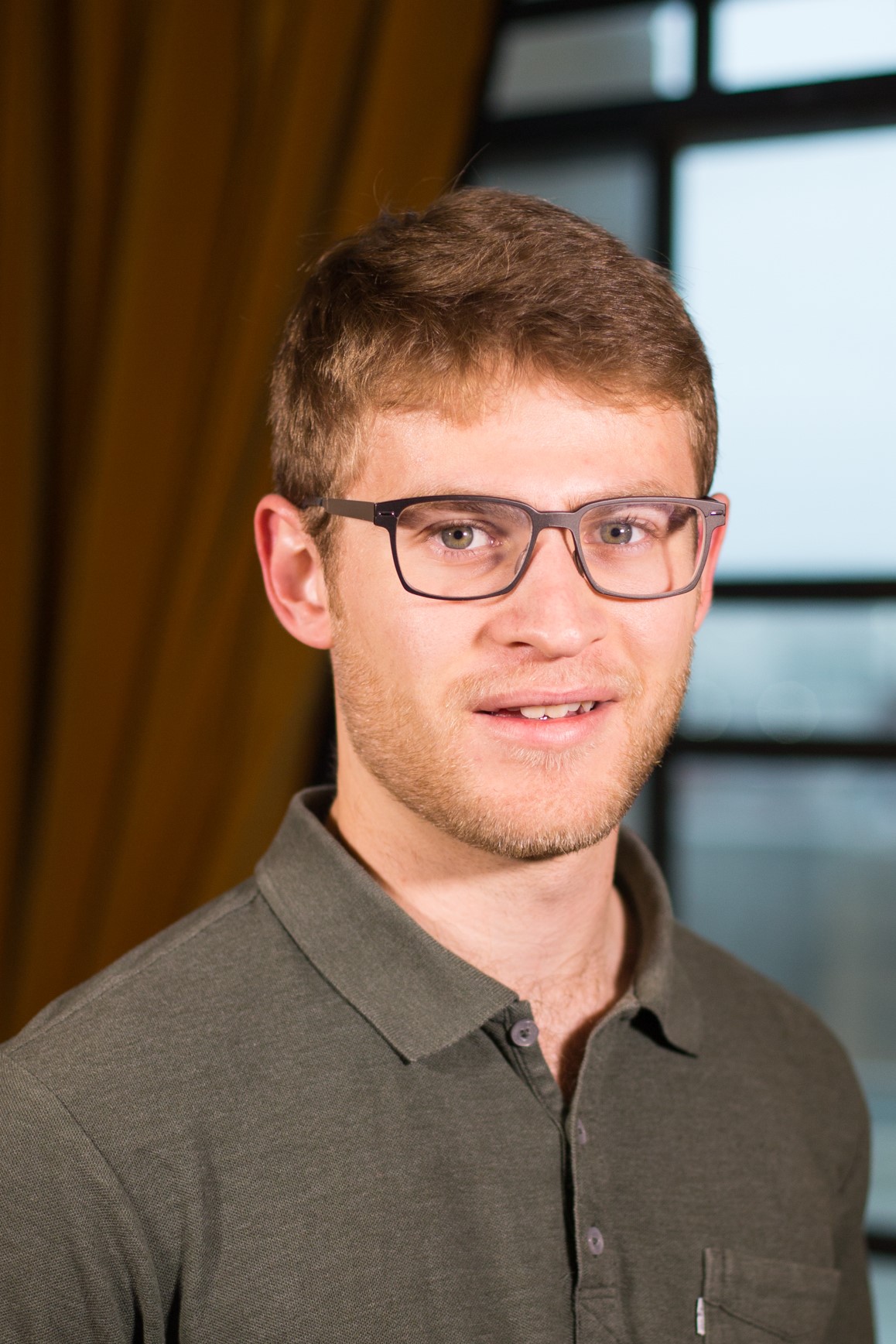Benjamin Wachs
University of Michigan
This proposal presents an experimental and theoretical research project intended to develop a more refined model of the underlying physics of magnetic nozzles. The proposed research comprises numerical and experimental work to be conducted at the Plasmadynamics and Electric Propulsion Laboratory (PEPL) at the University of Michigan. This work will build upon research performed by groups at the University of Michigan, Princeton University, Ad Astra, and several other institutions. Magnetic nozzles play a key role in several in-space propulsion technology concepts ranging from gigawatt fusion devices to CubeSat micro-thrusters. Despite their vast potential, the underlying physics of these devices is not fully understood. Some of the fundamental questions relevant to magnetic nozzle physics include: 1) How are ions accelerated in a diverging magnetic field? 2) How is momentum transferred to the thruster in a magnetic nozzle? 3) How does plasma detach from the magnetic field lines downstream of the thruster? Several groups have studied these effects over the years. However, these questions have not been definitively answered. The facilities, diagnostics, and plasma sources available at PEPL provide a unique opportunity to advance the understanding of the underlying physics of magnetic nozzles. Final experiments will be conducted in PEPL’s large vacuum test facility, a 9 meter long, 6 meter diameter vacuum chamber capable of extremely fast pumping speeds. This chamber will allow for measurements to be taken virtually free of facility effects which are theorized to significantly alter magnetic nozzle performance. Experimental design and initial tests will be conducted in PEPL’s nanosatellite engine operation vacuum chamber, a 1.5 meter long, 1 meter diameter vacuum chamber with a very short pump down time. The combination of these two testing facilities will enable very accurate final results with a significantly reduced development and iteration time, and will also provide insight into facility effects on magnetic nozzles. Electrostatic probes and advanced diagnostics, such as resonant probes and laser induced fluorescence, will be utilized to study the plume of the magnetic nozzle thruster experiment. Novel techniques described in recent radiofrequency thruster projects will be used to measure thrust. These data will present a more complete picture of magnetic nozzle performance than has been gathered in previous experiments. In conjunction with the experimental work, numerical studies will be performed using plasma simulation codes developed at the University of Michigan in partnership with NASA. The combination of the experimental and numerical work will then be compared to previous magnetic nozzle experiments, and the results will be used to refine magnetic nozzle theory. Finally, a new magnetic nozzle experiment will be developed and tested in order to verify our hypotheses. Developing a more complete understanding of magnetic nozzle physics will provide criteria for feasibility and optimization of magnetic nozzles for a variety of missions. Additionally, plasma confinement in diverging magnetic fields plays a key role in plasma processing devices, fusion experiments, and stellar physics. Contributing to this body of knowledge will have implications impacts for the plasma physics community.


























